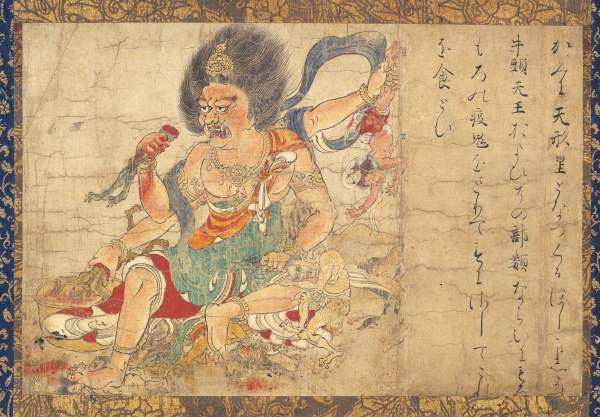Facts About Extermination of Evil
"Extermination of Evil" is a captivating collection of five paintings that portray traditional Asian deities engaged in battles against malevolent forces. These masterpieces, celebrated as a National Treasure of Japan, are displayed at the Nara National Museum. Believed to date back to the 12th century, possibly during the Heian or Kamakura periods, the paintings may have originally been part of a handscroll known as the "Second Edition of the Masuda Family Hell Scroll." The deities depicted in these artworks are drawn from a variety of traditions, including Japanese, Chinese, and Indian cultures.
In 1985, these paintings were officially designated as National Treasures of Japan. They remain a prominent exhibit at the Nara National Museum in Nara Prefecture. The collection comprises the following significant works:
1. Tenkeisei: The God of Heavenly Punishment, originating from Chinese tradition.
2. Sendan Kendatsuba (Candana Gandharva): One of the eight guardians of Buddhist law.
3. Shinchū: The Divine Insect, depicted as a silkworm moth renowned for performing miracles.
4. Shōki: A deity celebrated for protecting Emperor Xuanzong of the Tang Dynasty.
5. Bishamonten: The Japanese name for Vaiśravaṇa, the chief of the Four Heavenly Kings.
Each painting vividly illustrates a deity in the midst of conflict against evil forces, accentuating the unique attributes and symbols associated with their respective mythologies. These artworks not only offer a glimpse into the rich tapestry of ancient Asian cultures but also reflect the diverse religious beliefs that thrived within those societies.
